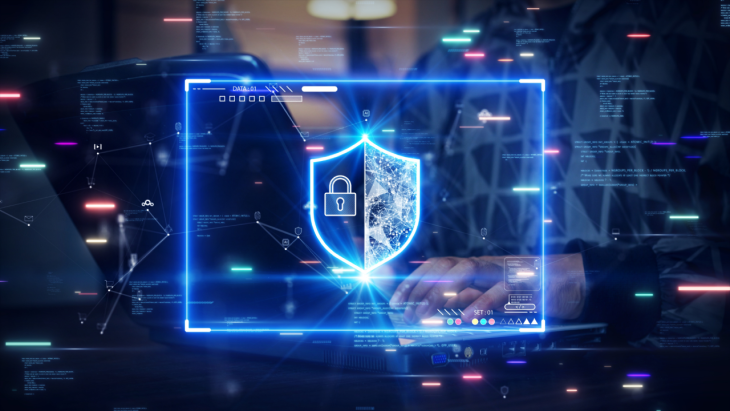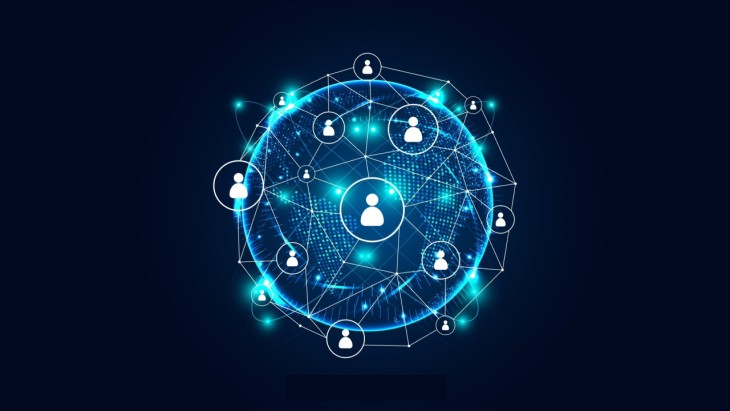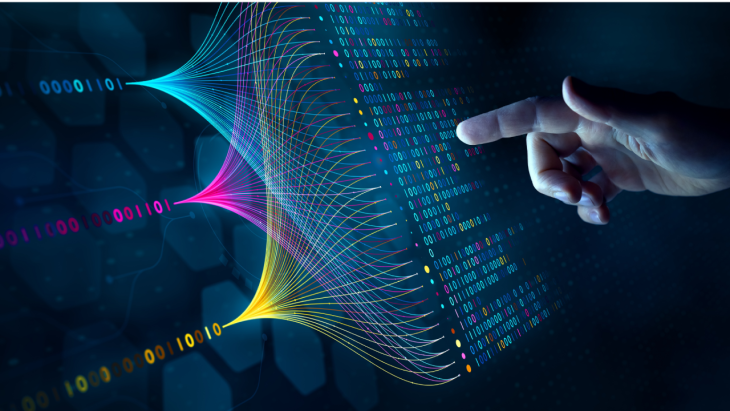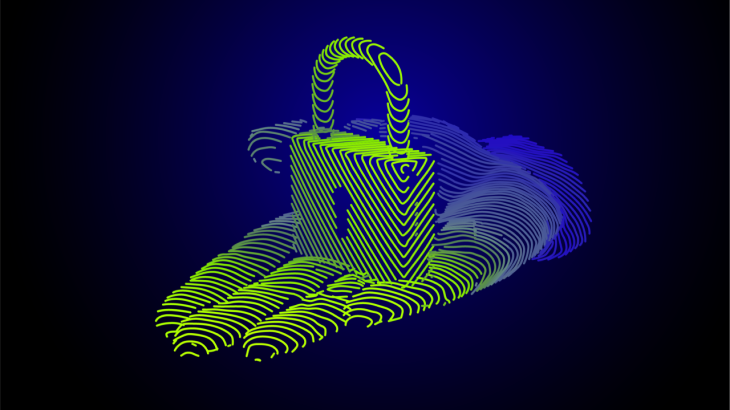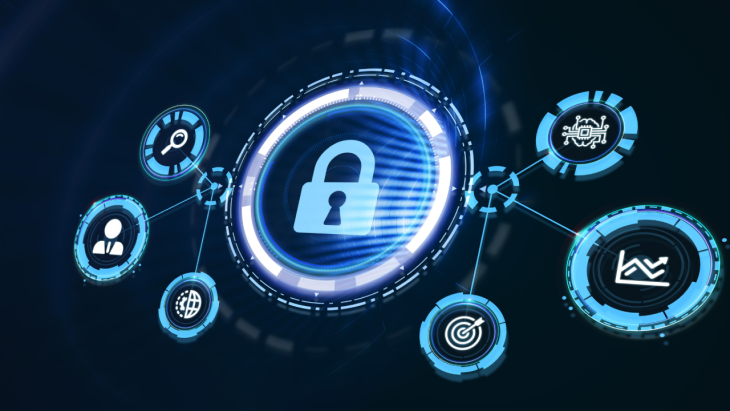
How Kron Telemetry Pipeline Transforms Kubernetes Logging
Kubernetes is now the foundation of modern cloud-native platforms — microservices, CI/CD workflows, service meshes, API gateways, and distributed applications all run on it. But the more dynamic and scalable Kubernetes becomes, the more overwhelming its logs get. Every pod, container, sidecar, and node generates streams of data. Multiply this by autoscaling, rapid deployments, and distributed clusters, and organizations quickly find themselves drowning in logs they can’t efficiently store, analyze, or even route properly. This is exactly where Kron Telemetry Pipeline (Kron TLMP) brings clarity, cost control, and architectural simplicity.

Securing Industrial Operations: Kron PAM’s Next-Generation Solutions for OT and ICS
According to KuppingerCole’s 2025 Leadership Compass on Secure Remote Access for OT/ICS, the market is shifting rapidly from niche solutions to a core pillar of industrial cybersecurity. Secure Remote Access (SRA) has become essential for enabling real-time diagnostics, remote maintenance, and vendor collaboration — all while protecting systems never designed for exposure to modern cyber threats.
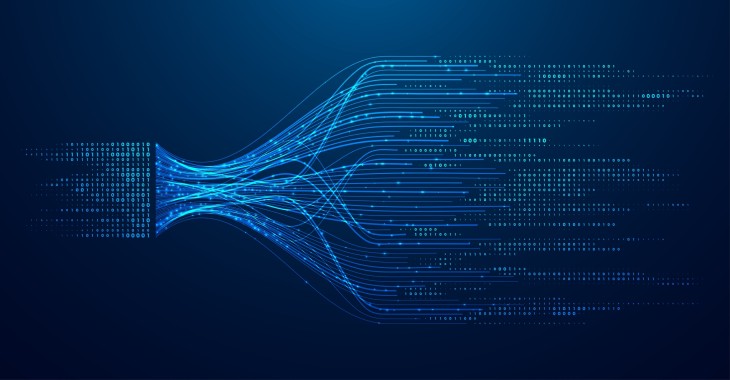
Turning Firewall Logs into IPDR with Kron Telemetry Pipeline
Firewall logs are essential for tracking, auditing, and analyzing network activity — from detecting threats to investigating incidents. However, raw firewall logs are often unstructured, vendor-specific, and inconsistent across environments. This makes them difficult to correlate with subscriber or user activity and hard to retain for long-term regulatory or forensic use.

Securing the Next Frontier: Multi Attribute Security with Kron AAA
The convergence of 4G/5G mobile networks and the explosion of the Internet of Things (IoT) demands a new standard in network security. A modern, telco-grade RADIUS Authentication, Authorization, and Accounting (AAA) server must move beyond simple identity checks. Kron AAA meets this challenge by introducing a sophisticated multi-attribute security model, now fortified with crucial Access Point Name (APN) Awareness.

Oracle RAC, Simplified: How Kron DAM&DDM Secures Multi-Node Databases
Oracle RAC clusters can be made auditable and policy-driven without manual node maintenance. Auto-registration, cluster-aware Database Firewall, and real-time metadata sync are delivered in Kron DAM&DDM to keep controls consistent during failover and growth.
